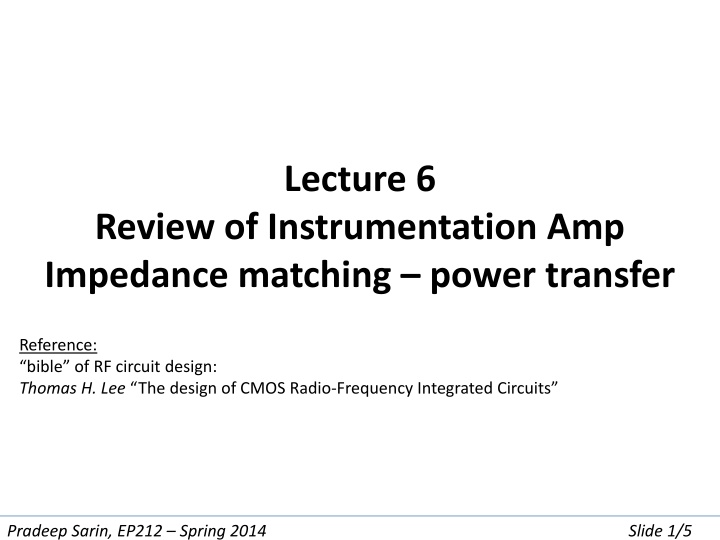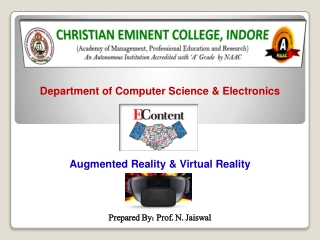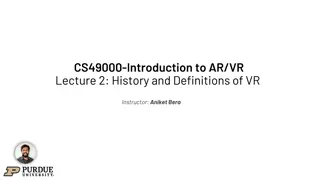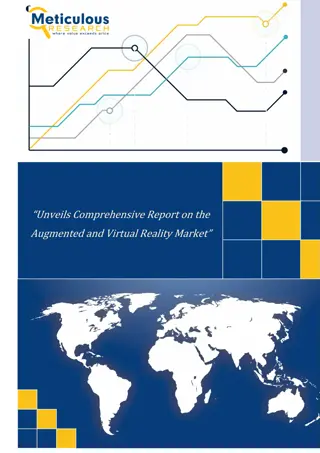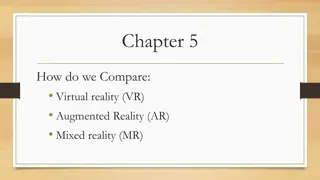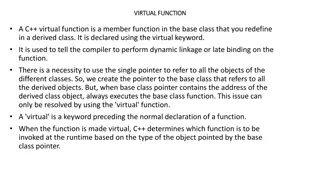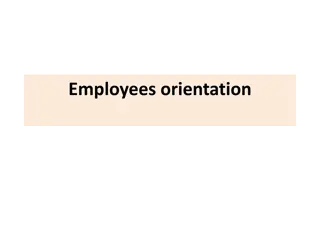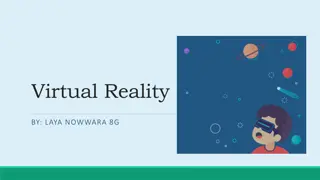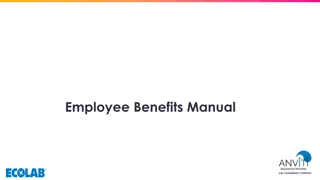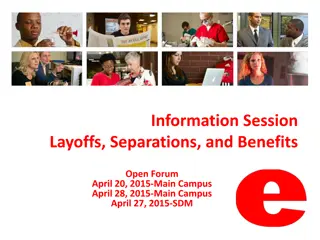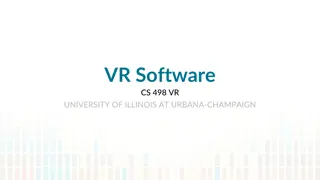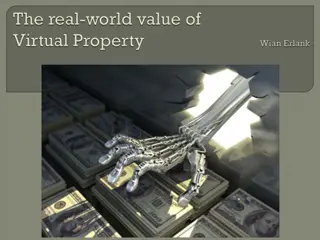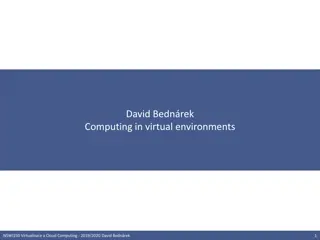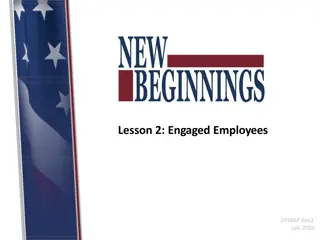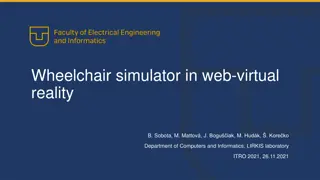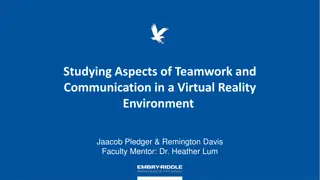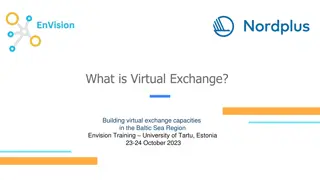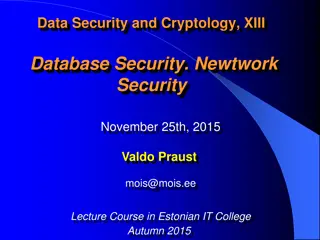Integrating Virtual Reality for Enhanced Employee Training
Enhance employee training through immersive virtual reality technology, providing engaging learning experiences to improve knowledge retention and application. Project includes VR technology selection, customized training programs, and trainer education for effective VR utilization.
Download Presentation

Please find below an Image/Link to download the presentation.
The content on the website is provided AS IS for your information and personal use only. It may not be sold, licensed, or shared on other websites without obtaining consent from the author.If you encounter any issues during the download, it is possible that the publisher has removed the file from their server.
You are allowed to download the files provided on this website for personal or commercial use, subject to the condition that they are used lawfully. All files are the property of their respective owners.
The content on the website is provided AS IS for your information and personal use only. It may not be sold, licensed, or shared on other websites without obtaining consent from the author.
E N D
Presentation Transcript
Lecture 6 Review of Instrumentation Amp Impedance matching power transfer Reference: bible of RF circuit design: Thomas H. Lee The design of CMOS Radio-Frequency Integrated Circuits Pradeep Sarin, EP212 Spring 2014 Slide 1/5
Review of Lab 5 Instrumentation Amplifier Impedance looking into V2 Impedance looking into V1 Set V1 to zero Set V2 to zero No current into v+ v+ = 0 Can ignore the bulk of the circuit v- = v+ = 0 V1 sees resistance 2R to ground V1 sees resistance R to ground Pradeep Sarin, EP212 Spring 2014 Slide 2/5
Response of difference amplifier Difference Response: Common mode response V1 0, V2 = 0 v- = (Vout V1)/2 v+=0 v-=0 Vout=V1 V1 = V2 = Vcm v+ = Vcm/2 v- = Vcm/2 (by golden rule) v- = (Vout + Vcm)/2 (current sum at v- terminal ) Vout = 0 Assuming ideal case 4 R s equal V2 0, V1 = 0 v+ = V2/2; i+ = V2/R; i- = Vout/R i+ + i-= 0 (Vout + V2)/R = 0 Vout = - V2 In practice: ?4 1 ?2?3 ?1?4 Superposition: Vout = V1 V2 ??= ??? ?3+ ?4 Pradeep Sarin, EP212 Spring 2014 Slide 3/5
It is best to put the gain stage as close to the input signal as possible Inputs see high impedance 1 V1 Difference amplifier gain G no longer has Acm = 0 G Vo S/N is worsened by noise of unity gain buffer 1 V2 Inputs see high impedance G V1 Difference amplifier has Acm = 0 1 Vo Need precise component matching to get equal G for V1and V2 G V2 Pradeep Sarin, EP212 Spring 2014 Slide 4/5
Kill two stones with one bird Reduce component count, Increase CMRR V1 V1 Differential Gain is set by R/Rg (Easy to calculate by superposition) V2 V2 Inputs see high impedance Common mode: V1 = V2 v- of OA1 and OA2 are equal (two red dots) No current flows through Rg V1 V1 and V2 V2 All resistors equal except Rg Voreferred to Vref Acm~0 within tolerance of 6 R, Rg Pradeep Sarin, EP212 Spring 2014 Slide 5/5
